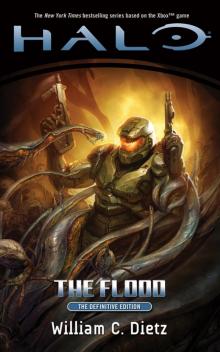 Halo: The Flood
Halo: The Flood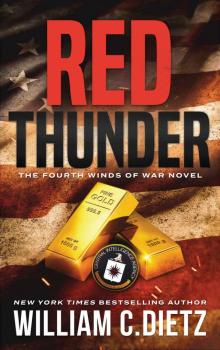 Red Thunder (Winds of War Book 4)
Red Thunder (Winds of War Book 4)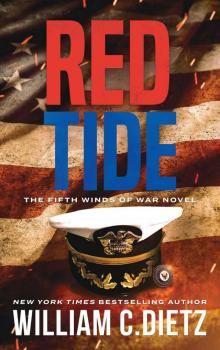 Red Tide
Red Tide Graveyard
Graveyard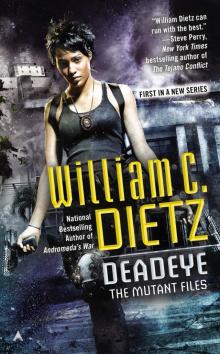 Deadeye
Deadeye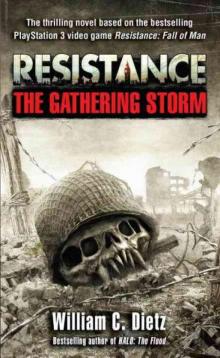 Resistance: The Gathering Storm r-1
Resistance: The Gathering Storm r-1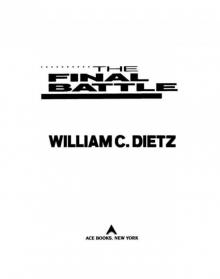 Legion Of The Damned - 02 - The Final Battle
Legion Of The Damned - 02 - The Final Battle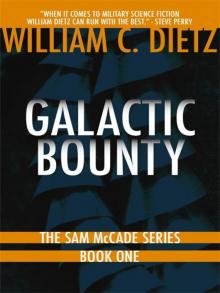 Galactic Bounty
Galactic Bounty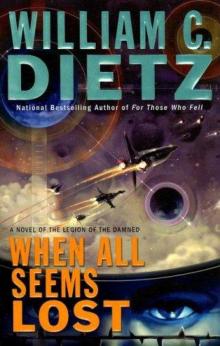 When All Seems Lost
When All Seems Lost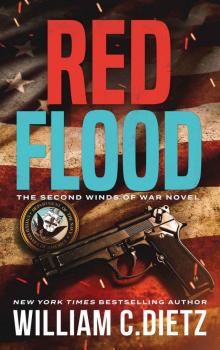 Red Flood (Winds of War Book 2)
Red Flood (Winds of War Book 2)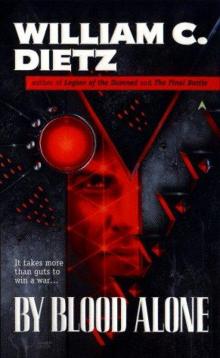 By Blood Alone
By Blood Alone Andromeda's War (Legion of the Damned Book 3)
Andromeda's War (Legion of the Damned Book 3) Hitman: Enemy Within
Hitman: Enemy Within Bodyguard
Bodyguard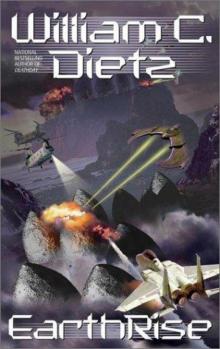 EarthRise
EarthRise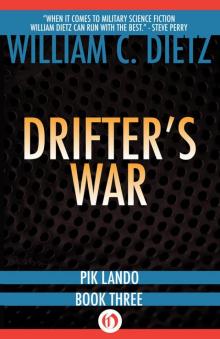 Drifter's War
Drifter's War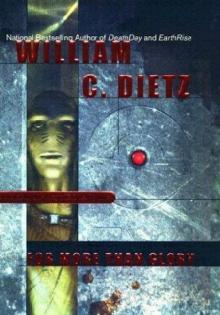 For More Than Glory
For More Than Glory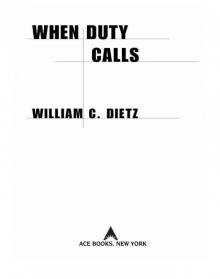 When Duty Calls
When Duty Calls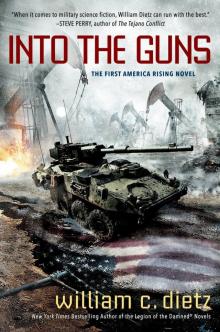 Into the Guns
Into the Guns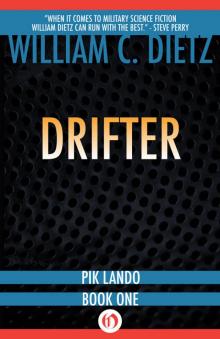 Drifter
Drifter Ejecta
Ejecta When All Seems Los lotd-7
When All Seems Los lotd-7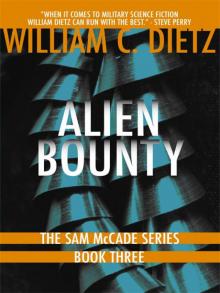 Alien Bounty
Alien Bounty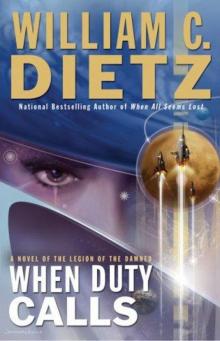 When Duty Calls lotd-8
When Duty Calls lotd-8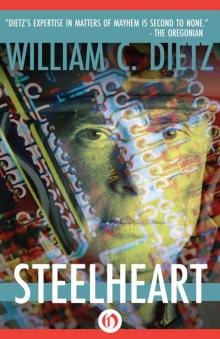 Steelheart
Steelheart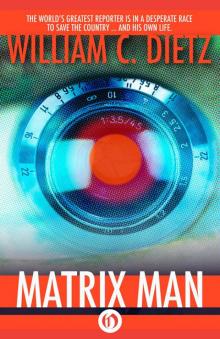 Matrix Man
Matrix Man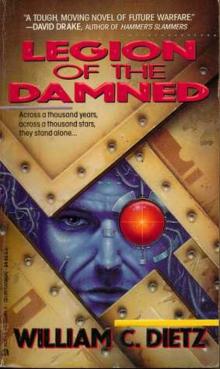 Legion of the Damned
Legion of the Damned Snake Eye
Snake Eye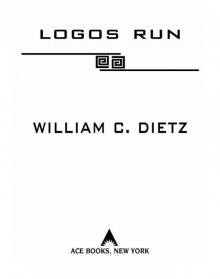 Logos Run
Logos Run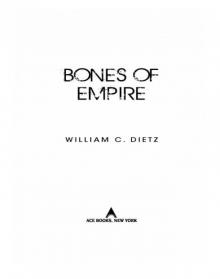 Bones of Empire
Bones of Empire McCade's Bounty
McCade's Bounty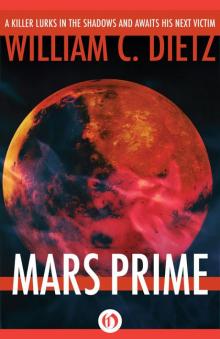 Mars Prime
Mars Prime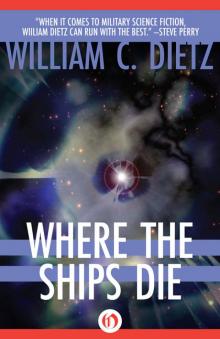 Where the Ships Die
Where the Ships Die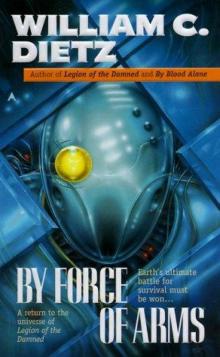 By force of arms lotd-4
By force of arms lotd-4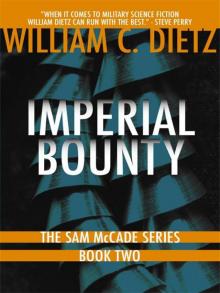 Imperial Bounty
Imperial Bounty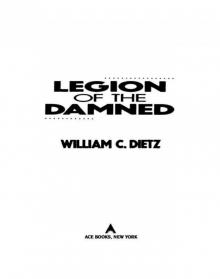 Legion Of The Damned - 01 - Legion of the Damned
Legion Of The Damned - 01 - Legion of the Damned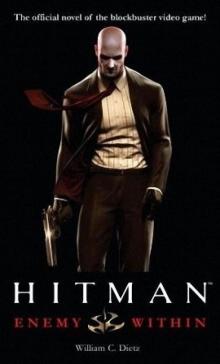 Hitman: Enemy Within h-1
Hitman: Enemy Within h-1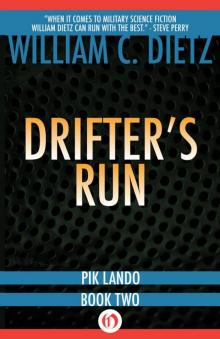 Drifter's Run
Drifter's Run A Fighting Chance
A Fighting Chance McCade on the Run (Sam McCade Omnibus)
McCade on the Run (Sam McCade Omnibus)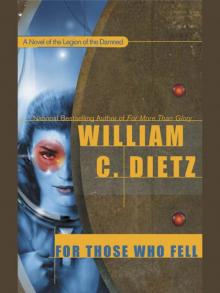 Legion Of The Damned - 06 - For Those Who Fell
Legion Of The Damned - 06 - For Those Who Fell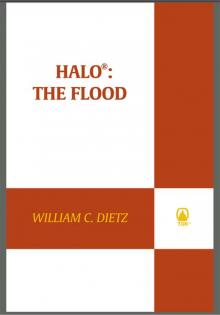 Halo. Flood
Halo. Flood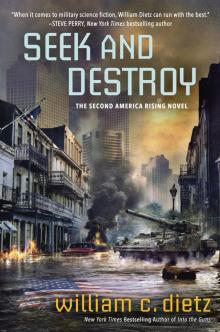 Seek and Destroy
Seek and Destroy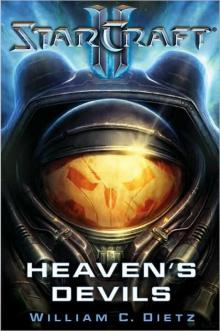 Heaven's Devils si-1
Heaven's Devils si-1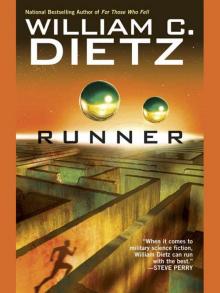 Runner
Runner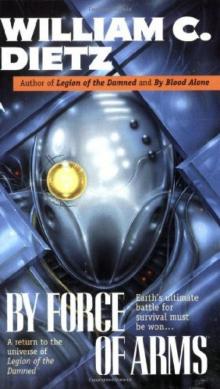 By Force of Arms
By Force of Arms A Hole in the Sky
A Hole in the Sky The Seeds of Man
The Seeds of Man Andromeda's Fall
Andromeda's Fall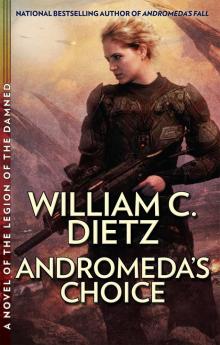 Andromeda’s Choice
Andromeda’s Choice Prison Planet
Prison Planet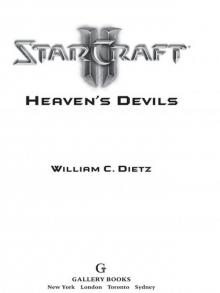 Heaven’s Devils
Heaven’s Devils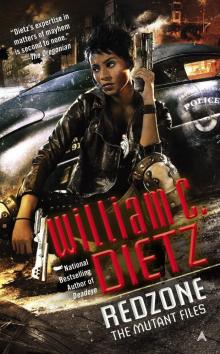 Redzone
Redzone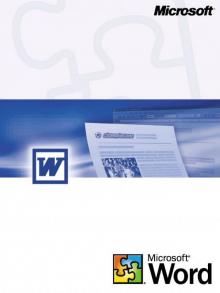 Jedi Knight
Jedi Knight